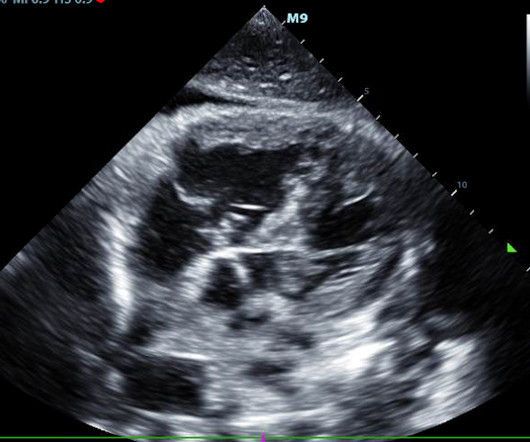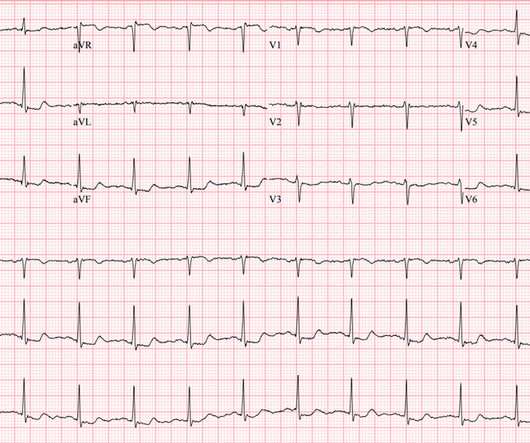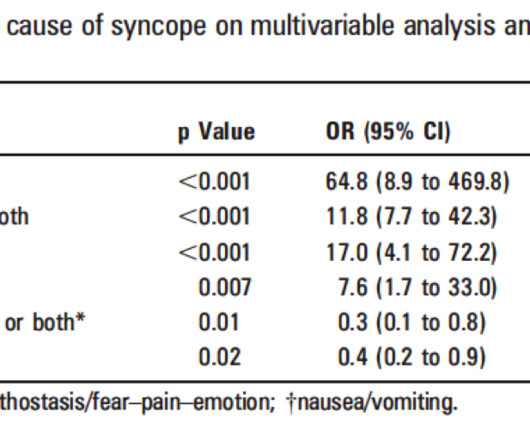Case Report: Comprehensive evaluation of ECG phenotypes and genotypes in a family with Brugada syndrome carrying SCN5A-R376H
Frontiers in Cardiovascular Medicine
MARCH 14, 2024
Patients with BrS can be asymptomatic or present with symptoms secondary to polymorphic ventricular tachycardia or ventricular fibrillation. The routine laboratory results, imaging study, coronary angiogram, and echocardiogram (ECG) were normal. The patient did not have underlying diseases.













Let's personalize your content